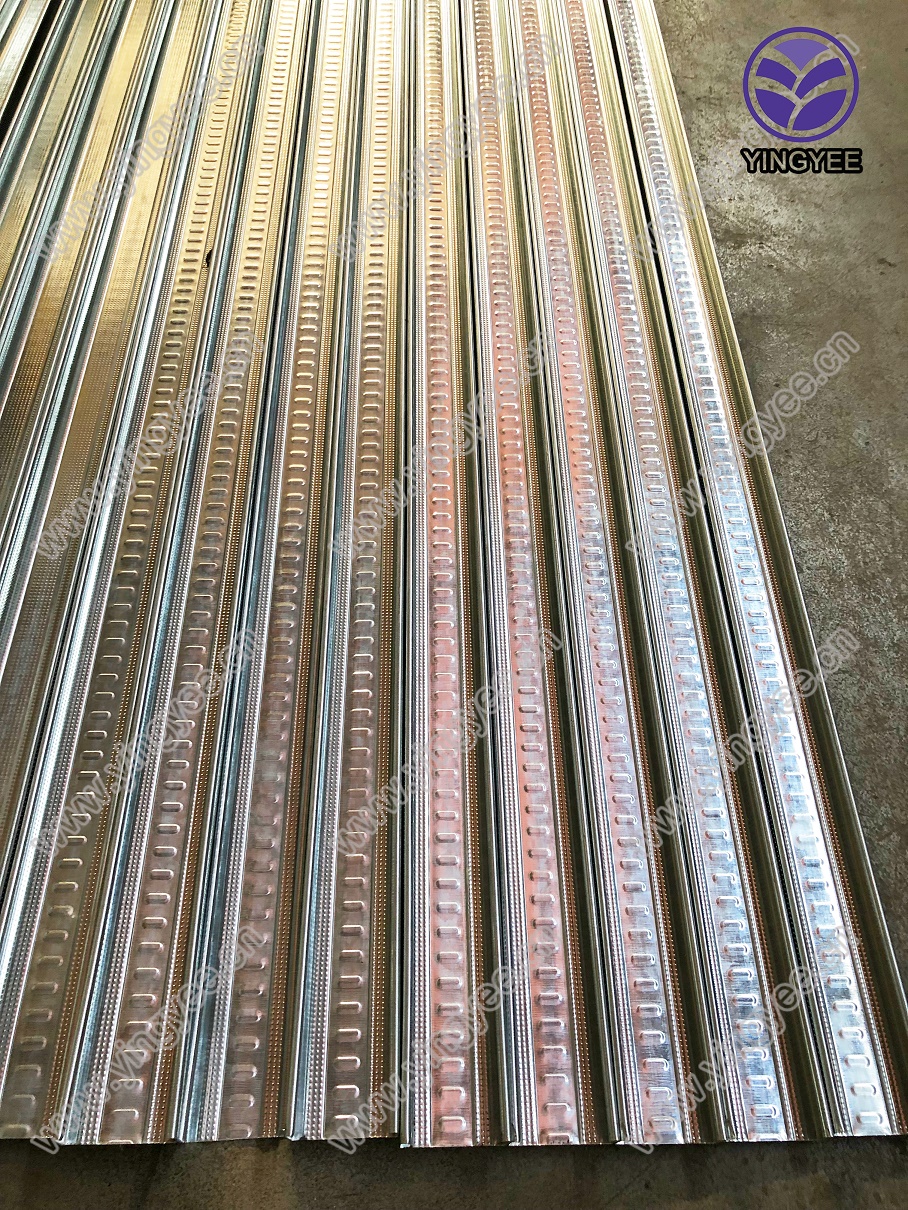
The guard rail forming machine is an innovative piece of equipment specifically designed for the production of guard rails, which are crucial for ensuring road safety. These machines play a significant role in the manufacturing process, allowing for the efficient creation of guard rails that can withstand impact and provide protection to vehicles and pedestrians alike.
At its core, a guard rail forming machine operates by transforming raw metal sheets into the desired guard rail shapes through a series of processes including cutting, bending, and shaping. Typically, the machine employs advanced technology such as computerized controls and automatic feeding mechanisms, which enhance precision and reduce waste. The automation aspect not only increases productivity but also minimizes the chances of human error, ensuring each guard rail section meets industry standards.
The process begins with the feeding of flat metal sheets into the machine. These sheets are often made from galvanized steel, which is known for its corrosion resistance and durability. Once inside the machine, the sheets undergo a series of operations. First, they are cut to the appropriate length before being shaped into angles or curves, depending on the specific requirements of the guard rail design. Finally, the formed sections are punched with holes for bolts, allowing easy installation on highways and roads.

One of the key advantages of utilizing a guard rail forming machine is the increased efficiency in production. Traditional methods of guard rail manufacturing were labor-intensive and time-consuming, often resulting in delays and higher costs. In contrast, the automation capabilities of modern machines streamline the production process, enabling manufacturers to produce large quantities of guard rails in a shorter timeframe without sacrificing quality.
Moreover, the prevalence of guard rail forming machines has led to advancements in design flexibility. Manufacturers can easily adjust the machine settings to create guard rails of various heights, widths, and shapes to meet specific project requirements. This adaptability is crucial for addressing the diverse needs of different roadways, whether in urban areas or rural settings.
In conclusion, guard rail forming machines are an essential element in the infrastructure industry, directly contributing to road safety. By automating the manufacturing process, these machines not only enhance efficiency and productivity but also offer manufacturers the flexibility needed to adapt to varying design specifications. As advancements in technology continue to evolve, the capabilities of guard rail forming machines will likely expand further, ensuring that communities benefit from enhanced safety measures on their roadways. The investment in such machinery reflects a commitment to the ongoing improvement of road safety standards worldwide.